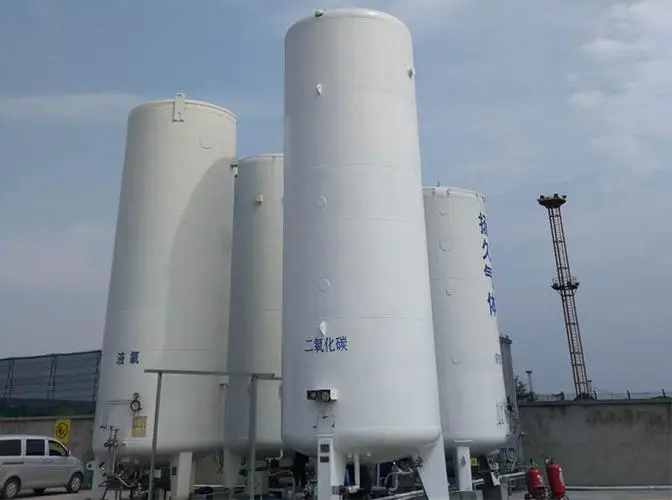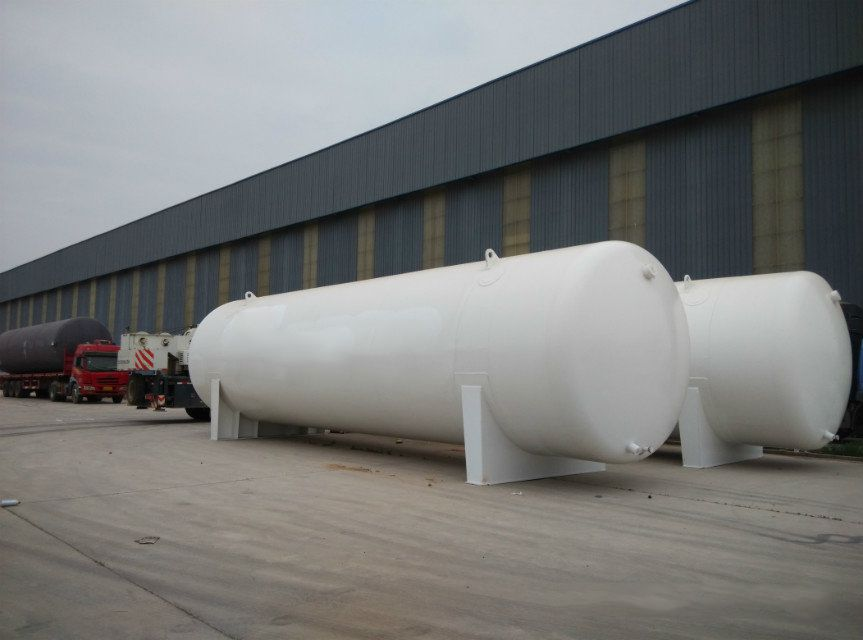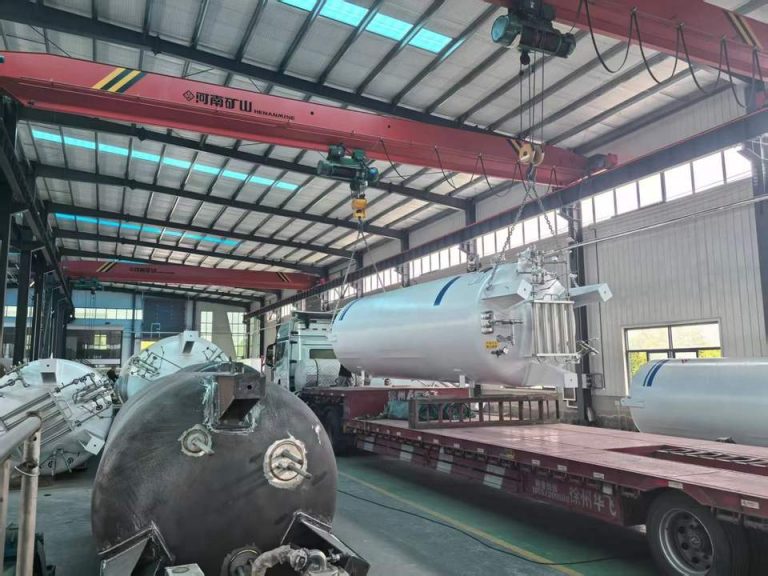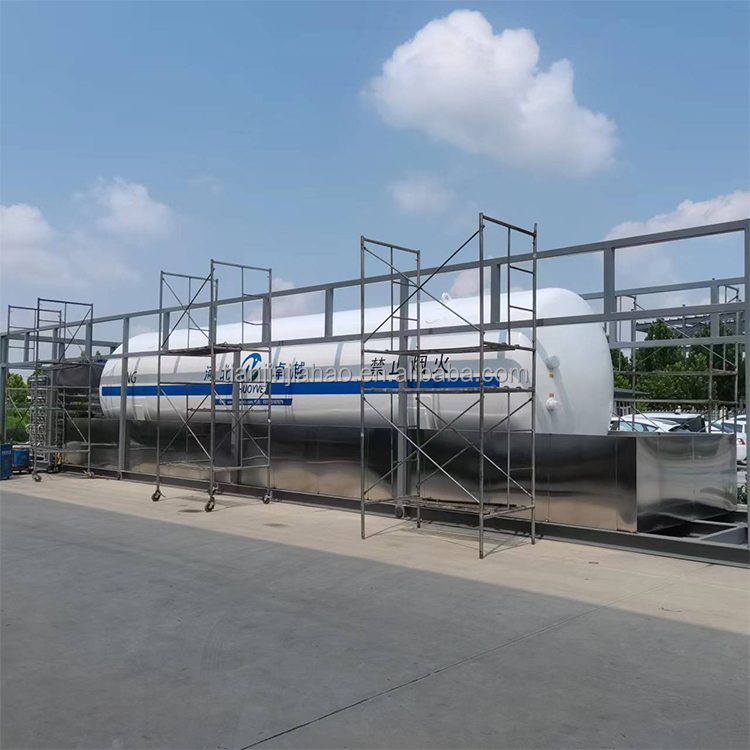Liquid nitrogen storage tanks, as low-temperature storage equipment, are widely used in fields such as biomedicine, scientific research experiments, and food freezing. Its efficient storage characteristics rely on an extremely low-temperature environment (-196℃), but improper operation may cause risks such as frostbite and container rupture. The following are the core precautions for the use of liquid nitrogen storage tanks, covering operation norms, maintenance points and safety protection measures.
I. Liquid Nitrogen Pump replacement Operation: Equal Emphasis on sealing and safety
sealing installation steps
Insert the liquid nitrogen pump vertically into the neck pipe of the storage tank, and rotate the closing nut clockwise until the sealing ring is tightly attached to the neck pipe (manual tightening is sufficient). This process must ensure that the sealing ring is undamaged to prevent liquid nitrogen leakage. It is recommended to wear anti-freezing gloves when operating to prevent skin contact with low-temperature metal parts.
disassembly precautions
When rotating the valve counterclockwise, the pressure should be released slowly to avoid sudden ejection and impact. If the sealing ring is found to be aged or deformed, a new one should be replaced immediately to ensure the sealing performance for the next use.
Ii. Self-boosting Liquid Replenishment Technology: A Balance between High Efficiency and Controllability
Fluid replacement principle
The pressure generated by the vaporization of the residual liquid nitrogen in the tank is utilized to transport the liquid nitrogen to other containers through a self-pressurization system. Before refilling the liquid, it is necessary to check the pressure gauge value to ensure it is within a safe range (usually no more than 0.4MPa).
operation process
Close the liquid replenishment valve and connect the hose to the target container.
Slowly open the pressure-increasing valve and observe the flow rate of liquid nitrogen.
After the liquid replenishment is completed, first close the pressure-increasing valve and then disconnect the hose.
This process should avoid twisting or overstretching the hose to prevent it from breaking.

Iii. Transportation and Handling: Shock and collision prevention are key
fix and fill
When transporting, liquid nitrogen storage tanks should be placed in wooden frames, with soft cushioning materials (such as foam boards) at the bottom. The tanks are separated by fillers (such as rubber pads) to reduce the transmission of vibrations. The fixed belt should be evenly stressed to avoid excessive local pressure.
loading and unloading specifications
When using forklifts or lifting equipment, anti-slip pads should be installed on the contact surface with the tank.
Do not drag the tank on the ground to avoid damaging the vacuum layer at the bottom.
The tilt Angle should not exceed 15° to prevent the liquid nitrogen from shaking violently, which could cause a sudden increase in pressure.
Iv. Idle Maintenance: Cleanliness and dryness ensure lifespan
cleaning steps
Rinse the inner walls of the tank with clean water, with a focus on removing crystalline ice or residues. When draining, the tank should be tilted to ensure there is no water accumulation in dead corners. After cleaning, use a fan to dry it to avoid secondary pollution caused by natural air-drying.
Storage conditions
Store in a dry and normal temperature environment, avoiding direct sunlight or damp conditions. When the equipment is idle for a long time, it is recommended to check the vacuum exhaust port once a month to prevent the sealing ring from aging.

V. Pre-filling inspection: Dual verification of vacuum and structure
visual inspection
Before filling with liquid, it is necessary to confirm that the tank body has no depressions, cracks or rust. If the shell is found to be deformed, it may be due to the damage of the vacuum layer caused by transportation collision. Professional repair is required before it can be used.
vacuum degree detection
By observing the condition of the vacuum exhaust port, it can be judged that if frost forms on the exhaust port or the consumption of liquid nitrogen is abnormal (such as a daily evaporation rate exceeding 5%), the vacuum degree may have decreased, and the manufacturer should be contacted for maintenance. Under normal conditions, there should be no frost formation on the outside of the tank.
Vi. Safety Protection: Operation and Emergency Measures
personal protection
When operating, anti-freezing gloves, goggles and long-sleeved work clothes should be worn to avoid direct skin contact with liquid nitrogen. If frostbite occurs, immediately soak the injured area in warm water (below 40℃) and do not rub it.
Emergency response
When liquid nitrogen leaks, evacuate quickly to a well-ventilated area to avoid inhaling nitrogen.
When the pressure in the tank abnormally rises, immediately close the valve and contact professionals.
Liquid nitrogen is prohibited from being used in confined Spaces to prevent oxygen concentration from being too low.
Conclusion
The safe use of liquid nitrogen storage tanks should run through the entire process of operation, transportation and maintenance. Through standardized operation, regular inspection and strict protection, risks can be minimized and the service life of equipment can be prolonged to the greatest extent. Users should establish equipment files to record each liquid filling, cleaning and maintenance to ensure traceability. In case of complex malfunctions, it is essential to contact a professional institution for handling to avoid secondary damage caused by self-disassembly.






